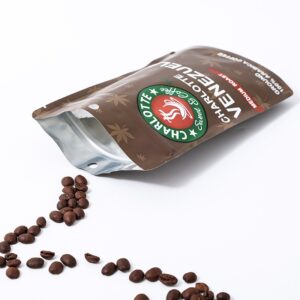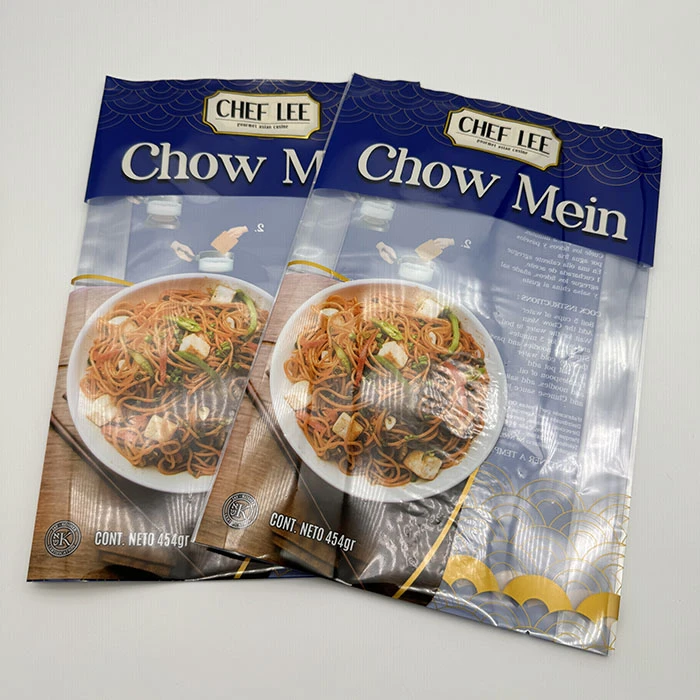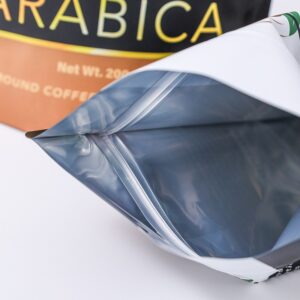Food packaging bags are commonly made from plastic composite materials, usually combining two or more layers of films such as PE (polyethylene), PET (polyester), or aluminum foil. These multi-layer structures provide strong barrier properties, keeping food fresh and extending shelf life.
But what happens after these bags are used? Are food packaging bags recyclable? Let’s explore this question from both an environmental and practical standpoint.
1. Food Packaging Bags Belong to Plastic Waste — and They Are Recyclable
Used food packaging bags fall under the category of plastic waste, and in many cases, they can be recycled.
Qualified manufacturers, like Shenzhen Senglin Packaging, use food-grade, safe, and eco-friendly raw materials when producing these bags. This ensures that, after use, they can be collected and reused through proper recycling systems.
However, the recyclability largely depends on the bag’s material composition.
Single-material PE or PP bags are recyclable and can be reprocessed into new products.
Multi-layer composite bags (for example, PET/AL/PE) are more difficult to recycle because of their mixed materials, which require separation before reprocessing.
2. How Are Used Food Packaging Bags Reused?
Recycling and reuse of plastic packaging have become a key part of modern waste management. After collection and sorting, waste plastic films can be repurposed in several ways:
(1) Recycled Pellets (Regranulation)
This is the most common reuse method. Waste plastics are sorted, cleaned, crushed, and melted into recycled plastic pellets.
These pellets can be used to manufacture non-food plastic products such as trash bags, flower pots, outdoor furniture, or packaging materials.
(2) Used as Fuel or Energy Source
In some industrial applications, waste plastic is converted into energy.
For instance, it can replace coal or oil in blast furnaces, or be burned in cement kilns to provide energy for cement production.
This approach reduces fossil fuel consumption and transforms waste into a usable resource.
(3) Power Generation from Solid Waste Fuel (RDF)
Some countries, such as the United States and Japan, have advanced technologies for RDF (Refuse-Derived Fuel) — converting plastic waste into fuel for power generation.
Japan has already transformed small incineration plants into RDF facilities, improving energy efficiency and recycling utilization rates.
3. The Future of Recyclable Food Packaging Bags
With growing global attention to sustainability and circular economy, more manufacturers are moving toward mono-material recyclable packaging, such as PE/PE recyclable bags.
These can be fully recycled without material separation, significantly reducing environmental pollution and waste generation.
Consumers are also encouraged to clean and separate used food packaging before disposal, ensuring that recyclable materials enter the proper recycling system.
Conclusion
Used food packaging bags are plastic waste, and in most cases, they can be recycled or reused through proper treatment.
By choosing eco-friendly, recyclable packaging materials and improving recycling awareness, we can take a solid step toward a greener and cleaner planet.



